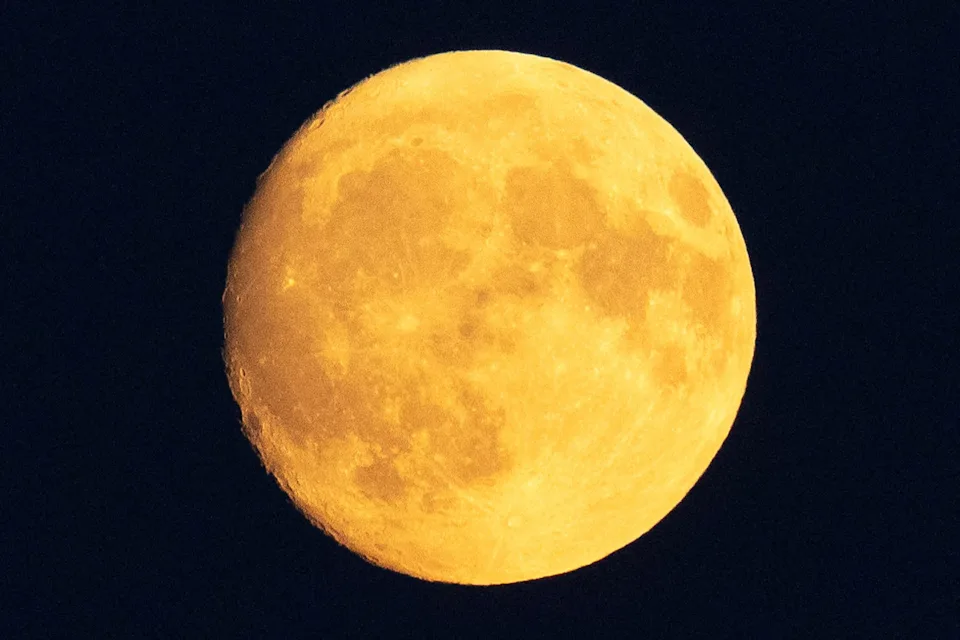By Siddhi Vinayak Misra
Next week, the night sky will put on a dazzling show as the Buck Moon—July’s full Moon—reaches peak brilliance. Whether you’re an avid stargazer or just someone who appreciates nature’s wonders, this celestial event is worth marking on your calendar. Here’s everything you need to know about the Buck Moon, from its cultural significance to the best ways to view it.
What Is the Buck Moon?
The Buck Moon gets its name from the annual regrowth of antlers on male deer (bucks), which begin to sprout in early summer. Covered in soft, velvety tissue, these antlers symbolize renewal and strength in the animal kingdom. But this full Moon isn’t just about deer—it’s deeply tied to seasonal changes and has been observed by various cultures for centuries.
Key Details:
Peak Illumination: July 11 at 2:06 AM UTC (July 10 at 10:06 PM EDT / 7:06 PM PDT).Visibility: Best viewed in areas with minimal light pollution.
Why Is It Significant Across Cultures?
Different cultures have given the July full Moon names that reflect their connection to nature:
Thunder Moon (Native American): Named for July’s frequent summer storms.Salmon Moon or Raspberry Moon: Highlights the abundance of fish and berries during this season.Hay Moon (Anglo-Saxon): Marks the time for harvesting hay to feed livestock.Herb Moon or Mead Moon (Celtic): Indicates the ideal period for gathering herbs and brewing honey-based mead.
These names reveal how communities historically used lunar cycles to track agricultural and environmental shifts.
How to Watch the Buck Moon
For the best viewing experience:
Find a Dark Spot: Escape city lights—national parks, rural areas, or elevated viewpoints work well.Check the Weather: Clear skies are essential. Apps like Clear Outside or Astrospheric can help predict visibility.No Equipment Needed: The Moon is bright enough to see with the naked eye, but binoculars can enhance surface details.
The Science Behind the Spectacle
Full Moons occur when the Moon is directly opposite the Sun, with Earth in between, fully illuminating its surface. July’s Buck Moon is also a “Micromoon”—the opposite of a Supermoon—meaning it appears slightly smaller because it’s near its farthest point from Earth (apogee).
While the Buck Moon won’t have a dramatic color shift like a “Blood Moon,” atmospheric conditions (like wildfire smoke or humidity) can sometimes tint it orange or red.
When: July 11, 2:06 AM UTC (July 10 in the Americas).Why “Buck Moon”? Named for deer antler regrowth.Viewing Tip: Head to a dark location for the best experience.
